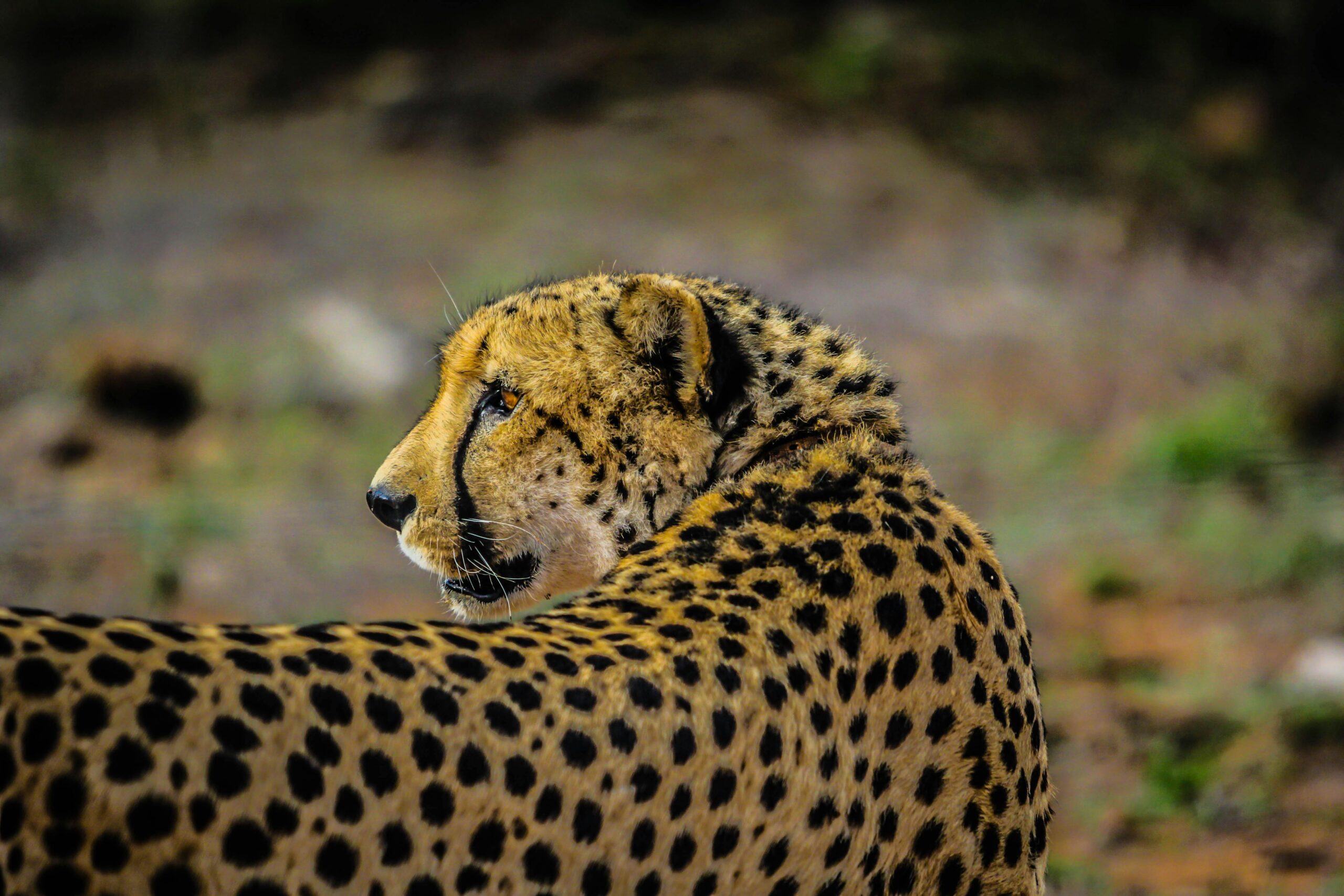Rising Concerns Over Human-Wildlife Interactions in National Parks
Introduction
Human-wildlife conflict is a pressing ecological and conservation issue that arises when the presence or behavior of wildlife poses a threat to human interests or needs, resulting in negative impacts on both people and animals. As human populations expand and natural habitats shrink, interactions between humans and wildlife are becoming increasingly frequent, leading to rising concerns over human-wildlife conflict in national parks. This article delves into the causes and effects of human-wildlife conflict, explores current management strategies, and highlights the efforts of organizations working to address these challenges.
Causes of Human-Wildlife Conflict
Human-wildlife conflict is primarily caused by the encroachment of human settlements and agricultural activities into wildlife habitats, leading to increased interactions between humans and animals. Urbanization and agricultural expansion are key drivers of this conflict, as they fragment wildlife habitats and force animals to venture into human-dominated landscapes in search of food and shelter.
Climate change also plays a significant role in exacerbating human-wildlife conflict. Changes in temperature and weather patterns affect food and water availability, forcing animals to roam outside of their usual habitats in search of these resources, leading to increased conflicts with humans.
Effects of Human-Wildlife Conflict
Human-wildlife conflict has devastating consequences for both humans and animals. Retaliatory killings of animals by humans are common, often resulting in the death of endangered species and disrupting the balance of ecosystems. In Africa, for example, hundreds of humans and thousands of animals die each year as a result of human-wildlife conflict.
Management Strategies
Effective management strategies are crucial to mitigate human-wildlife conflict. These include:
- Public Education: Educating local communities about the importance of wildlife conservation and the risks associated with human-wildlife conflict can help reduce conflicts.
- Habitat Modification: Modifying habitats to reduce food sources that attract wildlife can help minimize conflicts.
- Relocation of Animals: Relocating animals away from urban areas can help reduce conflicts, as seen in Kenya’s efforts to transfer dozens of elephants from the Mwea National Reserve to Aberdare National Park.
Organizational Efforts
Organizations such as NParks and IFAW are working to address human-wildlife conflict by collaborating with local communities and implementing holistic solutions. IFAW’s Room to Roam initiative aims to connect fragmented elephant habitats in the African savannah, promoting coexistence between humans and elephants.
Conclusion
Human-wildlife conflict is a complex issue that requires comprehensive and collaborative solutions. By understanding the causes and effects of this conflict and implementing effective management strategies, we can work towards ensuring the coexistence of humans and wildlife. It is crucial for outdoor enthusiasts and local communities to be aware of these issues and to support conservation efforts.
References:
- IFAW. (2024, October 4). Human-Wildlife Conflict in South Africa. https://www.ifaw.org/journal/human-wildlife-conflict-south-africa
- AA. (2024, October 16). Kenya transferring dozens of elephants to quell human-wildlife conflict. https://www.aa.com.tr/en/africa/mammoth-move-kenya-transferring-dozens-of-elephants-to-quell-human-wildlife-conflict/3364064
- Phys.org. (2024, October 8). Deadly human-wildlife conflict lies at center of Zimbabwe lake and …. https://phys.org/news/2024-10-deadly-human-wildlife-conflict-center.html
- IFAW. (2024, October 7). Human-wildlife conflict in Africa. https://www.ifaw.org/international/journal/human-wildlife-conflict-in-africa










